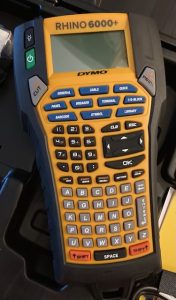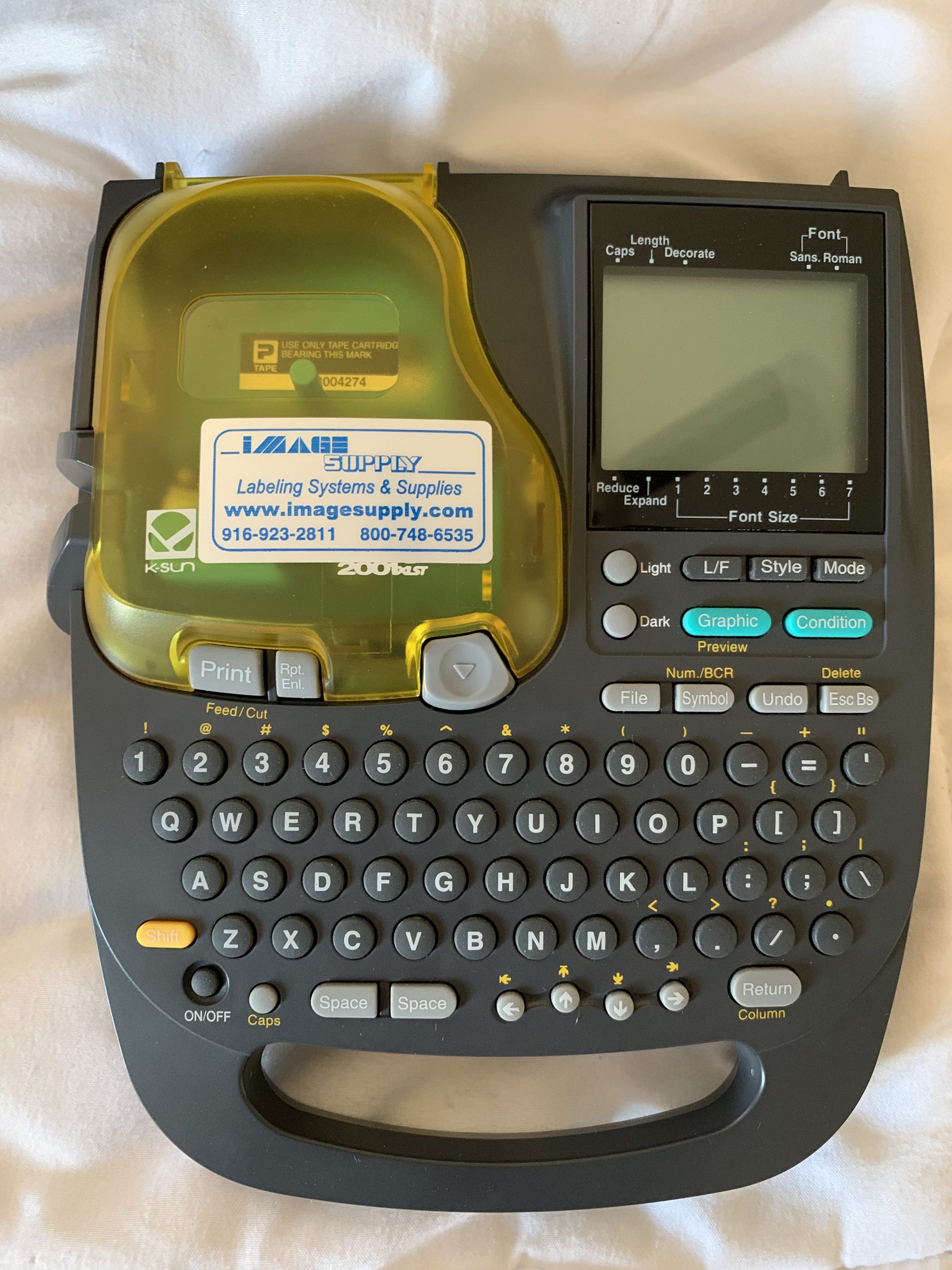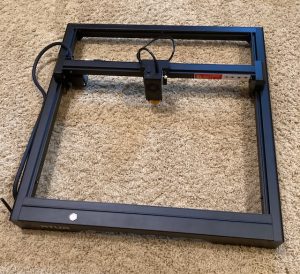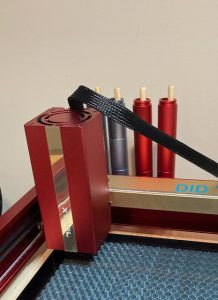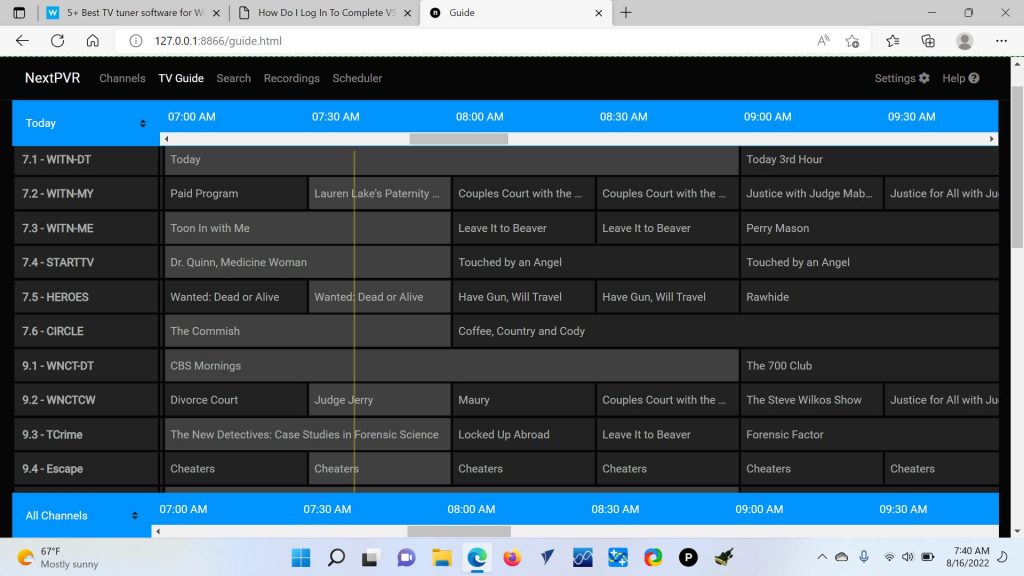HDHomeRun Issues
I have an HDHomeRun HDHR5-4US which i reviewed, and I generally love it. However, about a year ago I moved to a “new” house and the previous owner left all the TV’s that were wall mounted. All were fairly old TV’s and none of them smart. I hooked Roku’s to all of them.
That is when the trouble began. I installed an attic antenna and got good signal strength, and symbol quality on the channels that were important to me. I could watch those channels WITH NO ISSUES on my phone or on my laptop. The old Roku connected TV’s were another issue altogether. The channels would pixelate horribly and the stream would fail frequently. I have super fast internet and the TV’s are all close to the wifi router as well with great signal.
I really believe it is a transcoding issue with Roku. Or rather the fact that Roku does not transcode. Again, it works on my computer, phone, and Firestick devices work fine.
LG TV
So, to mitigate the problem I bought a new TV for the Bedroom. An LG 43UQ7590PUB from BestBuy. Before I bought it I confirmed the LG WebOS had an HDHomeRun app. However, when I got home there was no app in the LG store. Previous WebOS versions had it available. I contacted LG Support and they told me to hook up a Roku!
Yougottabeshittingme!


